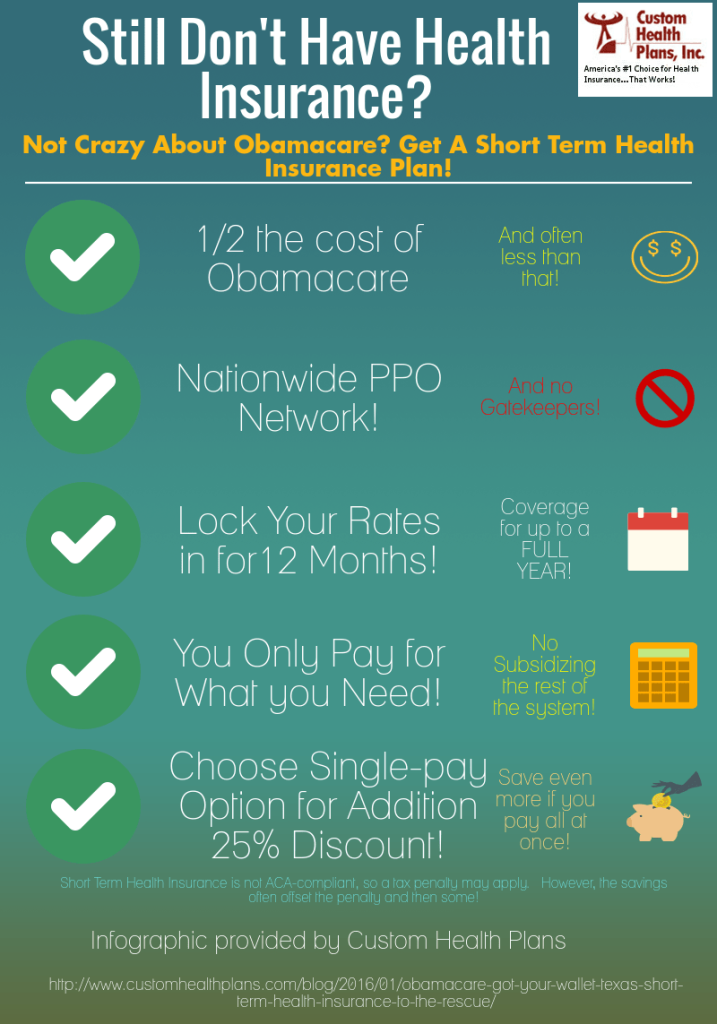Indicators on Medicare Advantage Agent You Should Know
Table of ContentsThe Of Medicare Advantage AgentThe Medicare Advantage Agent StatementsMedicare Advantage Agent Can Be Fun For Everyone
.png)
follows from confusing the puzzling young reasonably profile of account uninsured with the better healthFar better wellness average, standard younger persons. For those without accessibility to office wellness insurance policy, bad wellness is a prospective barrier to buying nongroup coverage since such coverage may be highly priced, omit pre-existing conditions, or be simply unavailable. Unless otherwise noted, national estimates of people without health insurance and percentages of the populace with various kinds of insurance coverage are based on the CPS, the most commonly made use of source of price quotes of insurance policy protection and uninsurance rates.

Indicators on Medicare Advantage Agent You Need To Know
Over a three-year period starting early in 1993, 72 million individuals, 29 percent of the U.S. populace, lacked insurance coverage for a minimum of one month. Within a solitary year(1994), 53 million individuals experienced at least a month without insurance coverage(Bennefield, 1998a). 6 out of every 10 without insurance grownups are themselves used. Working does enhance the chance that one and one's household members will certainly have insurance, it is not an assurance. Also members of families with 2 permanent wage earners have practically a one-in-ten possibility of being uninsured (9.1 percent uninsured rate)(Hoffman and Pohl, 2000 ). The connection between health and wellness insurance coverage and accessibility to care is well developed, as recorded later on in this phase. Although the partnership between medical insurance and wellness end results is neither direct neither straightforward, an extensive clinical and wellness services study literature links medical insurance coverage
to better accessibility to care, far better quality, and boosted personal and population health standing. The 2nd record, on personal health outcomes for without insurance adults, is represented by the innermost circle of the figure, while the 3rd report, on family wellness, incorporates the topics of the 2nd record however emphasizes a various unit of evaluation, particularly, the family. The 6th record in the series will certainly offer information regarding methods and initiatives carried out in your area, statewide, or nationally to deal with the lack of insurance coverage and its negative impacts. Levels of evaluation for checking out the impacts of uninsurance. This discussion of medical insurance protection focuses mostly on the united state populace under age 65 due to the fact that basically all Americans 65 and older have Medicare or other public insurance coverage.
It focuses particularly on those without any kind of health insurance policy for any length of time. The problems faced by the underinsured remain in some aspects similar to those dealt with by the without insurance, although they are usually less serious. Uninsurance and underinsurance, nonetheless, entail distinctly various policy problems, and the strategies for addressing them might vary. Throughout this research study and the 5 records to comply with, the major focus is on persons with no medical insurance and hence no help in spending for healthcare past what is offered via charity and safeguard organizations. Wellness insurance policy is a powerful variable impacting invoice of care because both patients and doctors react to the out-of-pocket price of services. Wellness insurance coverage, nevertheless, is neither required neither adequate to access to medical solutions. Nonetheless, the independent and straight impact of health and wellness
insurance coverage on access to health solutions is well developed. Others will certainly get the wellness care they need also without wellness insurance policy, by paying for it expense or seeking it from carriers that supply treatment complimentary or at extremely subsidized prices. For still others, medical insurance alone does not ensure receipt of care since of various other nonfinancial barriers, such as a lack of healthcare service providers in their neighborhood, minimal accessibility to transportation, illiteracy, or linguistic and cultural differences. Official research about uninsured populaces in the USA dates to the late 1920s and early 1930s when the Board on the Cost of Healthcare produced a collection of reports concerning funding physician office gos to and hospital stays. This concern came to be significant as the numbers of medically indigent climbed during the Great Clinical depression. Empirical studies consistently support the link between access to care and improved health and wellness outcomes(Bindman et al., 1995; Starfield, 1995 ). Having a normal resource of treatment can be taken into consideration a forecaster of access, as opposed to a straight measure of it, when health outcomes are themselves utilized as gain access to indicators. This extension of the notion of access dimension was made by the IOM Board on Keeping Track Of Access to Personal Health Care Services(Millman, 1993, p. Whether or not moms and dads are insured shows up see post to affect whether their youngsters receive treatment along with just how much careeven if the kids themselves have insurance coverage(Hanson, 1998). The health and wellness of parents can influence their ability to take care of their kids and the level of family members stress and anxiety. Bothering with their youngsters's accessibility to care is itself a resource of stress for parents. Three phases follow in this record. Phase 2 offers a summary of just how employment-based medical insurance, public programs and individual insurance coverage operate and interact to provide substantial but incomplete protection of the U.S. population. This includes a review of historic fads and public plans affecting both public and private insurance coverage, a conversation of the communications among the various kinds of insurance, and an examination of why individuals move from one program to an additional or end up
